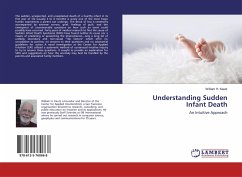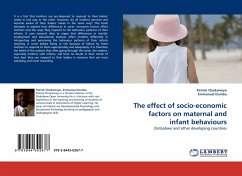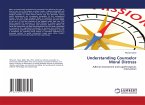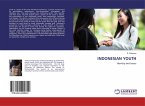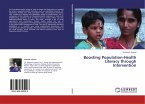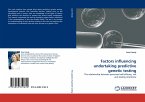The sudden, unexpected, and unexplained death of a healthy infant in its first year of life (usually 4 to 6 months) is surely one of the most tragic human experiences a parent can undergo. The shock of loss is commonly accompanied by extreme sorrow, grief, feelings of guilt, and the emergence of unanswerable questions on how such an event could possibly have occurred. Forty years of medical research to find the cause of Sudden Infant Death Syndrome (SIDS) have found neither its cause nor a means of predicting or preventing the phenomenon¿only a long list of unlikely, secondary and non-causal ¿risk factors¿ which offer no consolation to parents, no answers to their questions and no substantial guidelines for action. A novel investigation at the Center for Applied Intuition (CAI) utilized a systematic method of consensual intuitive inquiry to try to answer these questions. It sought to provide an explanation for SIDS and suggestions on how the anomaly may best be handled by the parents and associated family members.
Hinweis: Dieser Artikel kann nur an eine deutsche Lieferadresse ausgeliefert werden.
Hinweis: Dieser Artikel kann nur an eine deutsche Lieferadresse ausgeliefert werden.

